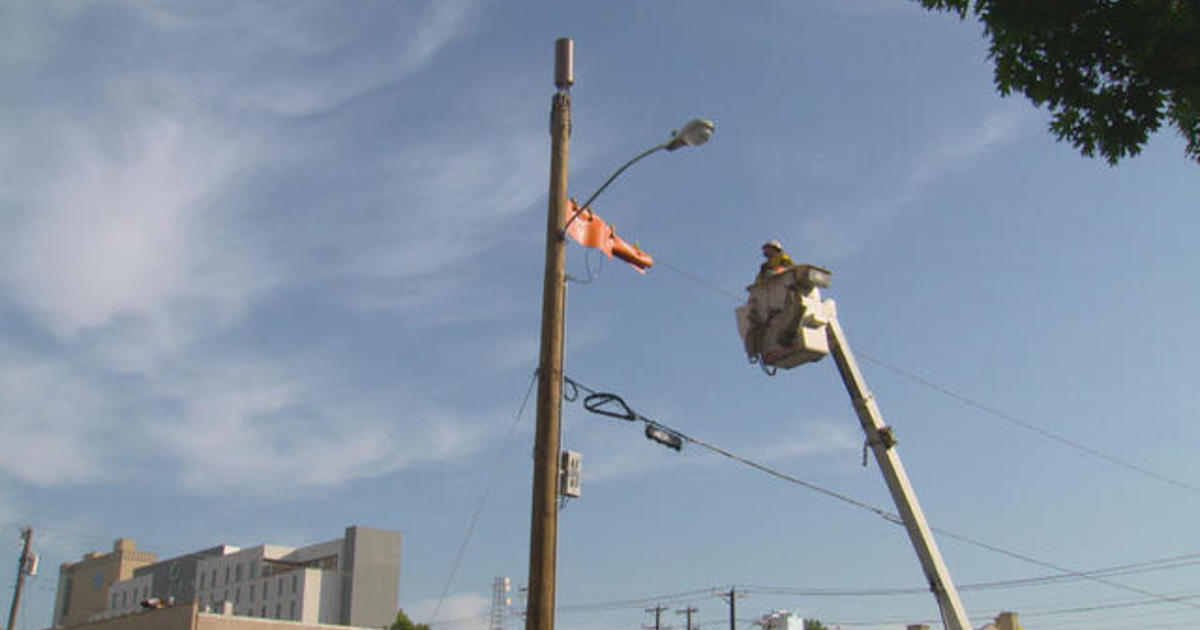If you've ever wandered through a town you might have noticed tiny cell towers for 5G placed on poles for street lighting. They look like little boxes however they're actually sending wireless signals from mobile providers to your phone.
They are replacing larger built cell towers. Although they're not as visible but they can still create problems for those who live nearby.
The of the FCC's Radiation Exposure Thresholds
The FCC's Radiation Exposure Thresholds establish the safe distance that an individual can be exposed to electromagnetic energy generated by wireless devices. The exposure limits are based on research that prove that electromagnetic energy could be harmful to health.
The specific absorption rate (SAR) is an indicator of the amount of radiofrequency energy that is absorbed by tissue. It is typically 1.6 milliwatts per kilogram averaged over one gram of tissue.
But, since 5g operates at higher frequencies and has the potential to cause greater energy intensity on the skin as well as other body parts. This can lead to various possible harms, like the development of skin diseases such as dermatitis and cataracts and skin cancer.

Because of the potentially severe effects of 5g radiation, PSU has chosen to establish a general, localized limits on power density, which is 4mW/cm2 based on the average on 1cm2, and never to exceed 30 minutes for the entire 5G spectrum at 3000 GHz. This localized limit is consistent with the peak SAR spatial-average of 1.6 W/kg, which is averaged over 1 grams of tissues at six GHz.
The FCC's Maximum Exposure Thresholds
If you've ever used a cell phone, then you're aware that a safe location from the tower is at least 400 meters. This is because the transmitting power of a cell tower increases dramatically the farther the tower is.
While it sounds like something that's good however, those living close to towers might be more vulnerable to health issues. For what is a safe distance from a cell tower , a study conducted in 2014 in India discovered that those who lived within 50m of cell towers experienced much more health problems than those who were distance from them.
But, the study showed that residents who moved to areas that were further from cell towers noticed their symptoms improve within a couple of days. Other studies have demonstrated that exposure to extreme levels of radiofrequency electromagnetic fields (EMFs) could cause brain tumors, cancer, and other health problems.
This is because RF radiation, used in wireless communications, may penetrate the human body's outer layer of skin. safe distance to live from cell phone tower is vital to be aware of this because the skin acts as a protective barrier against injuries caused by mechanical forces, infections caused by pathogenic microorganisms and entry of toxic substances. It is also the largest organ of the human body and is responsible for maintaining the integrity of other organs.
The FCC's Minimum Exposure Thresholds
The FCC's Minimum Exposure Thresholds rely on numerous assumptions that are not supported by evidence from science. This includes the false assumption that exposures of a short duration to RF radiation are safe due to minimal radiation penetration in the human body (i.e. thermal heating of tissue).
The assumption also ignores the greater penetration of ELF parts of modulated RF signals, as well as the consequences of brief bursts of heat caused by RF pulses. These assumptions are not in line with current knowledge of the biological consequences of RF radiation, and thus they shouldn't be used for health protective exposure standards.
Additionally there is the fact that both ICNIRP and FCC are limiting their maximum exposure limits to local peak SARs that are based on the maximum spatial specific absorption rate (psSAR) that is not a reliable dosimetric instrument for determining the level of radiation exposure. Particularly the psSAR tool is not accurate for frequencies above 6 GHz. In addition, psSAR is not been tested for RF radiation that is exposed to other environmental agents , such as sunlight. In the event of interactions, RF radiation with other environmental agents may cause synergistic or antagonistic effects. This could result in an increased risk of adverse health effects. For what is a safe distance from a cell tower , co-exposure to RF radiation with sunlight may increase the risk of skin cancer and exacerbate other skin conditions like acne.
